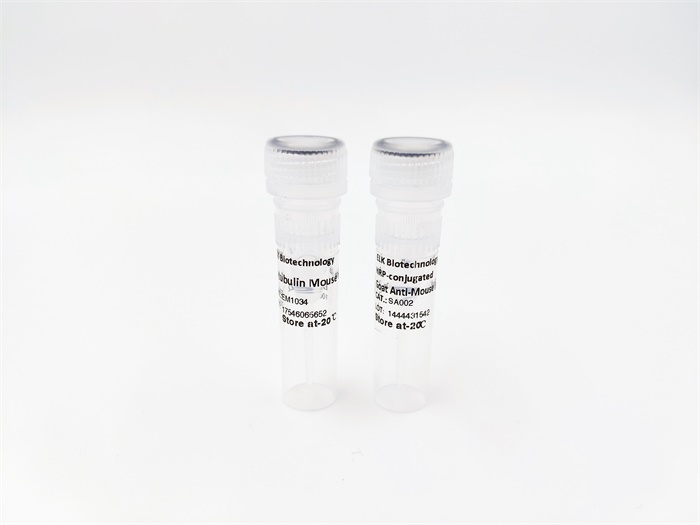| Product name: |
Olfactory receptor 5L1/2 rabbit pAb |
| Reactivity: |
Human;Rat;Mouse; |
| Alternative Names: |
OR5L1; Olfactory receptor 5L1; OST262; Olfactory receptor OR11-151; OR5L2; Olfactory receptor 5L2; HTPCRX16; Olfactory receptor OR11-153 |
| Source: |
Rabbit |
| Dilutions: |
Immunofluorescence: 1/200 - 1/1000. ELISA: 1/5000. Not yet tested in other applications. |
| Immunogen: |
The antiserum was produced against synthesized peptide derived from human OR5L1/2. AA range:55-104 |
| Storage: |
-20°C/1 year |
| Clonality: |
Polyclonal |
| Isotype: |
IgG |
| Concentration: |
1 mg/ml |
| Molecular Weight: |
35kD |
| GeneID: |
219437/26338 |
| Human Swiss-Prot No: |
Q8NGL2/Q8NGL0 |
| Cellular localization: |
Cell membrane; Multi-pass membrane protein. |
| Background: |
Olfactory receptors interact with odorant molecules in the nose, to initiate a neuronal response that triggers the perception of a smell. The olfactory receptor proteins are members of a large family of G-protein-coupled receptors (GPCR) arising from single coding-exon genes. Olfactory receptors share a 7-transmembrane domain structure with many neurotransmitter and hormone receptors and are responsible for the recognition and G protein-mediated transduction of odorant signals. The olfactory receptor gene family is the largest in the genome. The nomenclature assigned to the olfactory receptor genes and proteins for this organism is independent of other organisms. This olfactory receptor gene is a segregating pseudogene, where some individuals have an allele that encodes a functional olfactory receptor, while other individuals have an allele encoding a |








 Manual
Manual